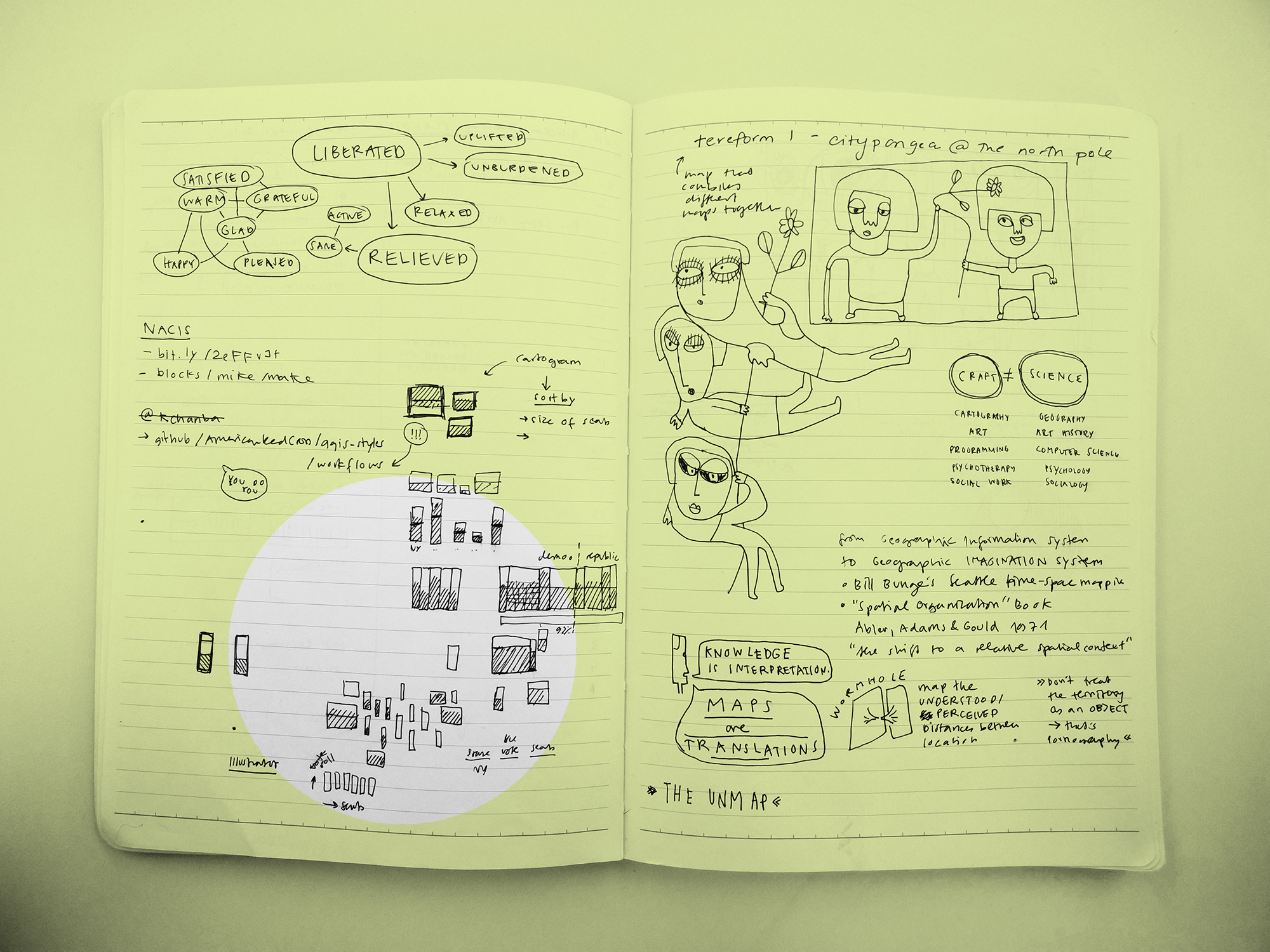 First sketch for my election graphics.
First sketch for my election graphics.
I love drawing my ideas. Using pen and paper is a very big part of my work as a data vis designer. I doodle, I sketch, I make notes. It always comes very natural to me. Intuitively, I grasp for a close-by paper and pen multiple times a day. It’s something I don’t think rationally about.
That’s what I want to do here: To think about it. Why does drawing thoughts feel so good? I found some reasons, and I’d love to hear yours. This is my love letter for using pen and paper:
It structures my thoughts. Paper is not a passive butler who just saves my thoughts as they are. What paper wants from me is a structured version – a version that CAN be drawn down in the first place. I need to bring my blurry, tangled ideas into shapes and forms that are separate from each other. I need to categorize, label, organize. This process feeds back: It changes my thoughts, which then result in a new drawing.
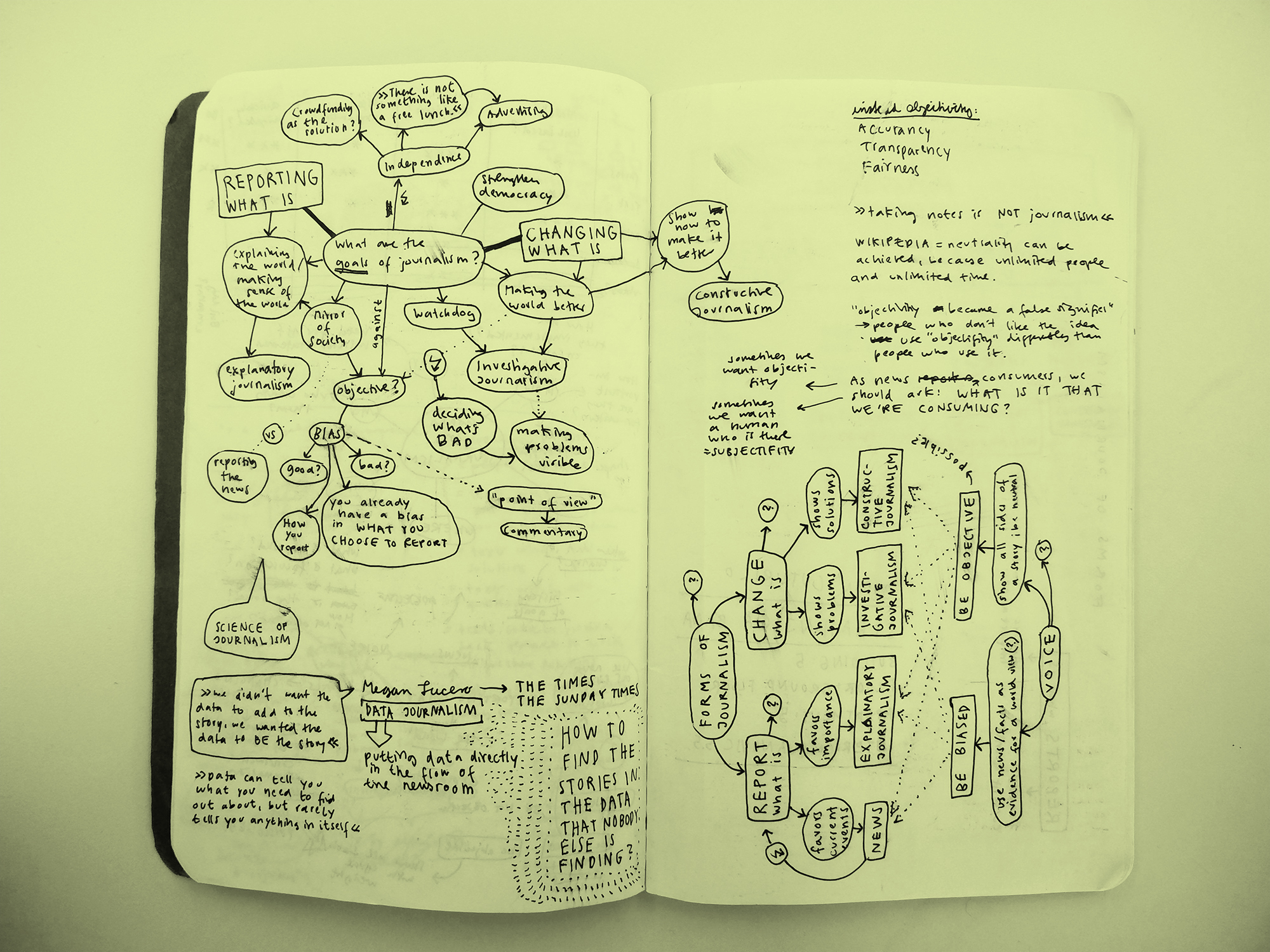
It doesn’t distract the creator. White, unruled paper invites me to endless possibilities. The unlimited potential of the sheet of paper in front of me is magic. Everything is an option. When I’m sketching out a new project, the pen lets me ignore technical difficulties. What separates my blank sheet of paper from ingenuity is not technology, but skills and smarts. I don’t need to open StackOverflow to know how to draw. There is no technological constraint to overcome; no bug to fix; no tutorial to watch to be able to draw with a pen. I don’t get distracted from the tool and the technical problems I have with it. I focus on the thoughts I want to bring to paper. I ask “What is think-able?” before asking “What is do-able?”
It doesn’t distract the viewer. Everyone knows how to use a pen, so everybody can relate. Nobody asks “How did you do this?” when I show them a drawing, because they know the answer: “Practice, and my imagination.” When someone asks me the same about some code I wrote, the answer is complex: “There is this new library out there, and that lets you do x while still be able to do y, and then I imported it into z where I did this little hack which let’s you…” Looking with somebody at code ends up in conversations about technology. Looking at drawings ends up in conversations about the content.
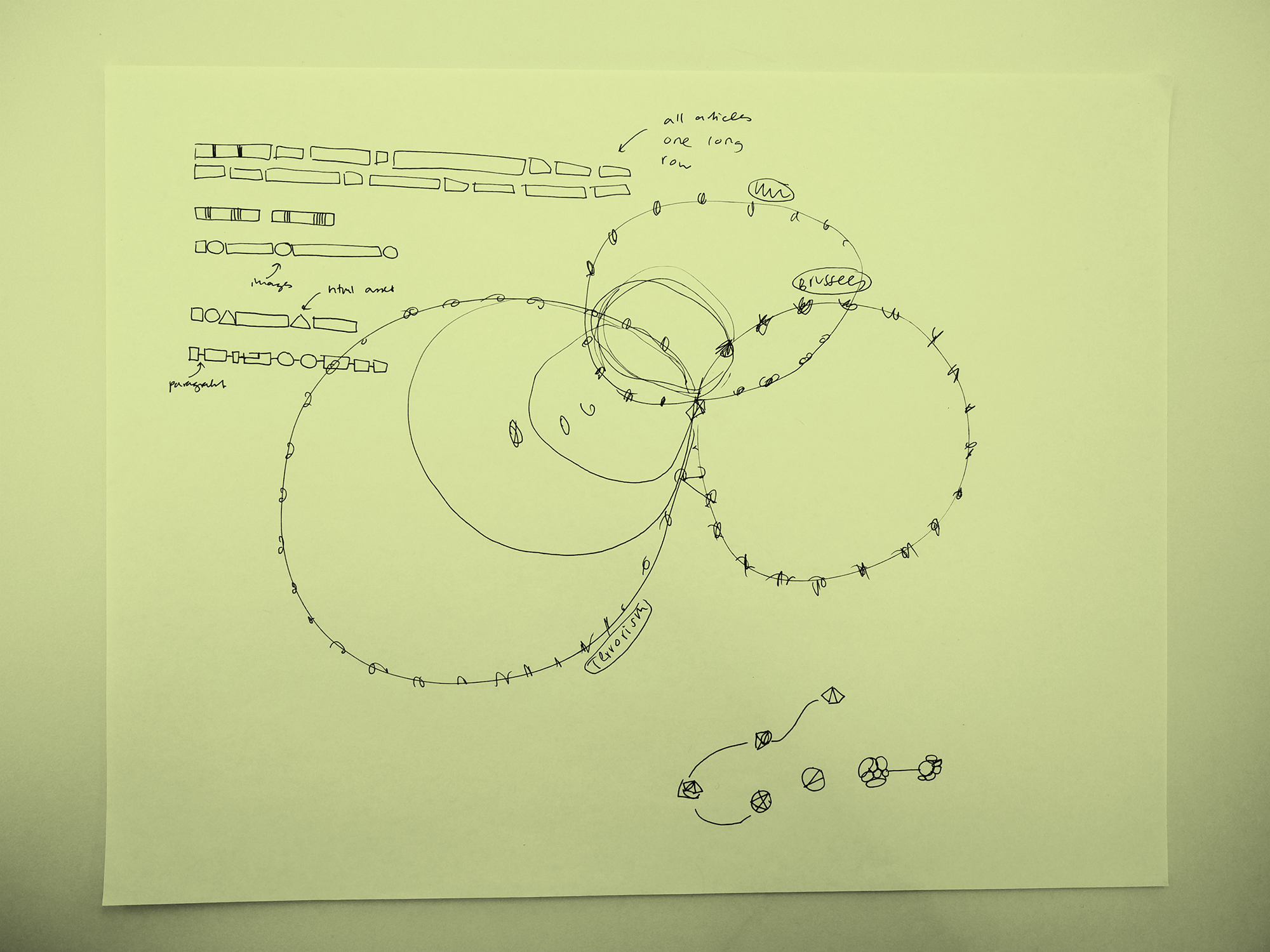
It gives me an overview. Boy, I looooove overviews. Overviews are the best. Overviews let me compare, prioritize and decide between elements. To see all my thoughts on one piece of paper at once gives me a map. This map can show me empty spots that still need to be thought about. This map can show me my goal, and it can show me how to get there.
It lets me stay high-level. Designers need to work in two modi: The high-level mode asks: “How do I organize the content?” The low-level mode asks: “How do I make it look good?”. The high-level mode requires common sense, thinking about user experience, storytelling and structuring skills (or, as Juani Ruiz Echazú puts it, “setting up a skeleton”). The low-level mode requires a defined taste for everything visual and insights into how it gets perceived: colors, shapes, images, layout, type. Most tools put me immediately in the low-level mode: Adobe Illustrator, Photoshop, CSS. Pen and paper is one of the rare tools that forces me to think high-level. I can’t decide for a typeface here; everybody will understand that my hand-writing is a placeholder for that still-to-be-made decision. Everybody will understand that color will be added. Lines will be straightened. Shapes will be resized according to the actual data. And when I say “everybody”, I include myself. Pen and paper don’t ask: How will elements look like? Pen and paper ask: What elements will be where?
————
I often use drawing to lay out blog posts or presentations I will give. Here are some sketches and links to the final posts:
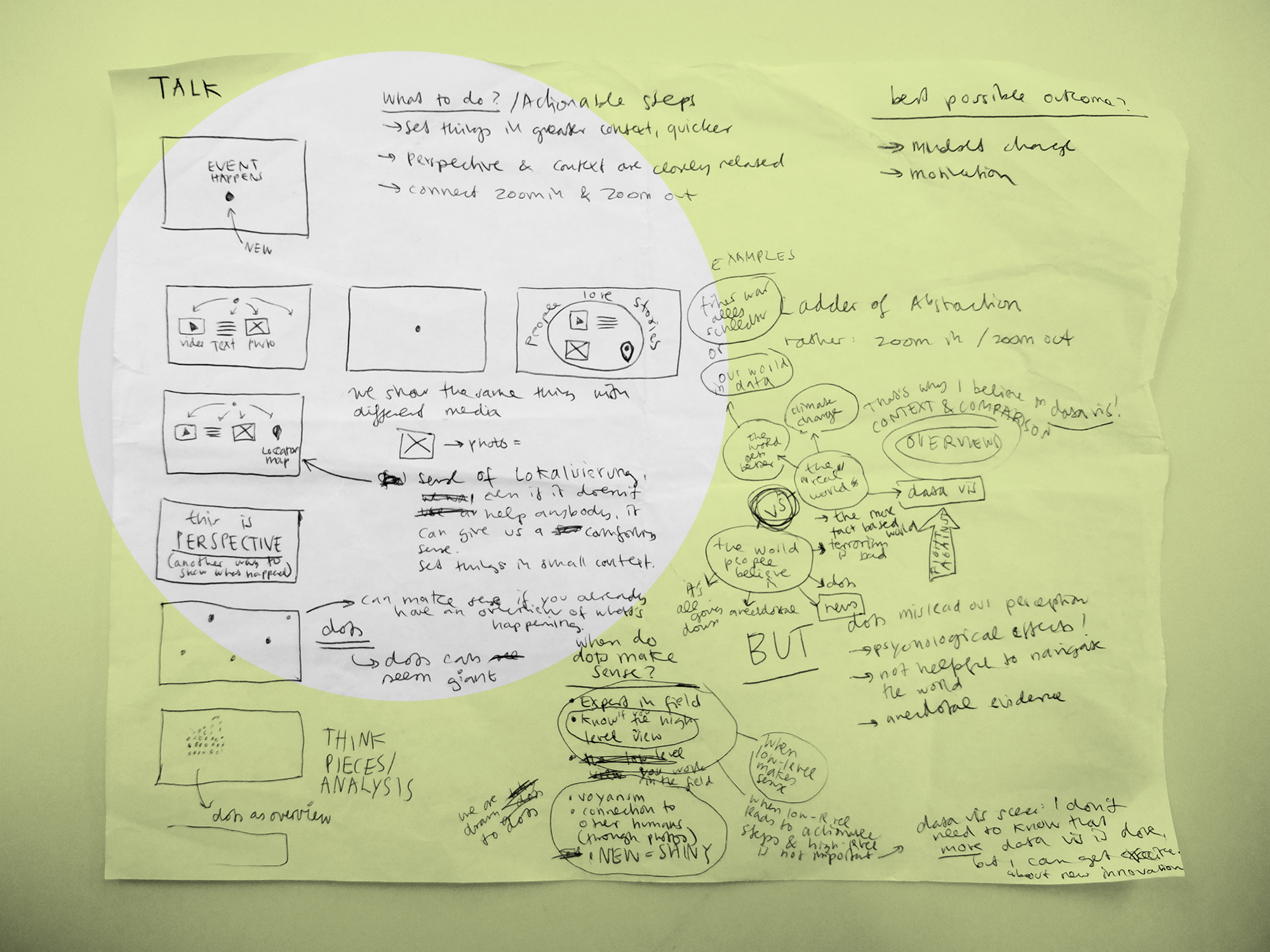 Draft for my talk at Information+: Less News, More Context. I draw slides next to each other when I want to think through alternatives for the same slide.
Draft for my talk at Information+: Less News, More Context. I draw slides next to each other when I want to think through alternatives for the same slide.
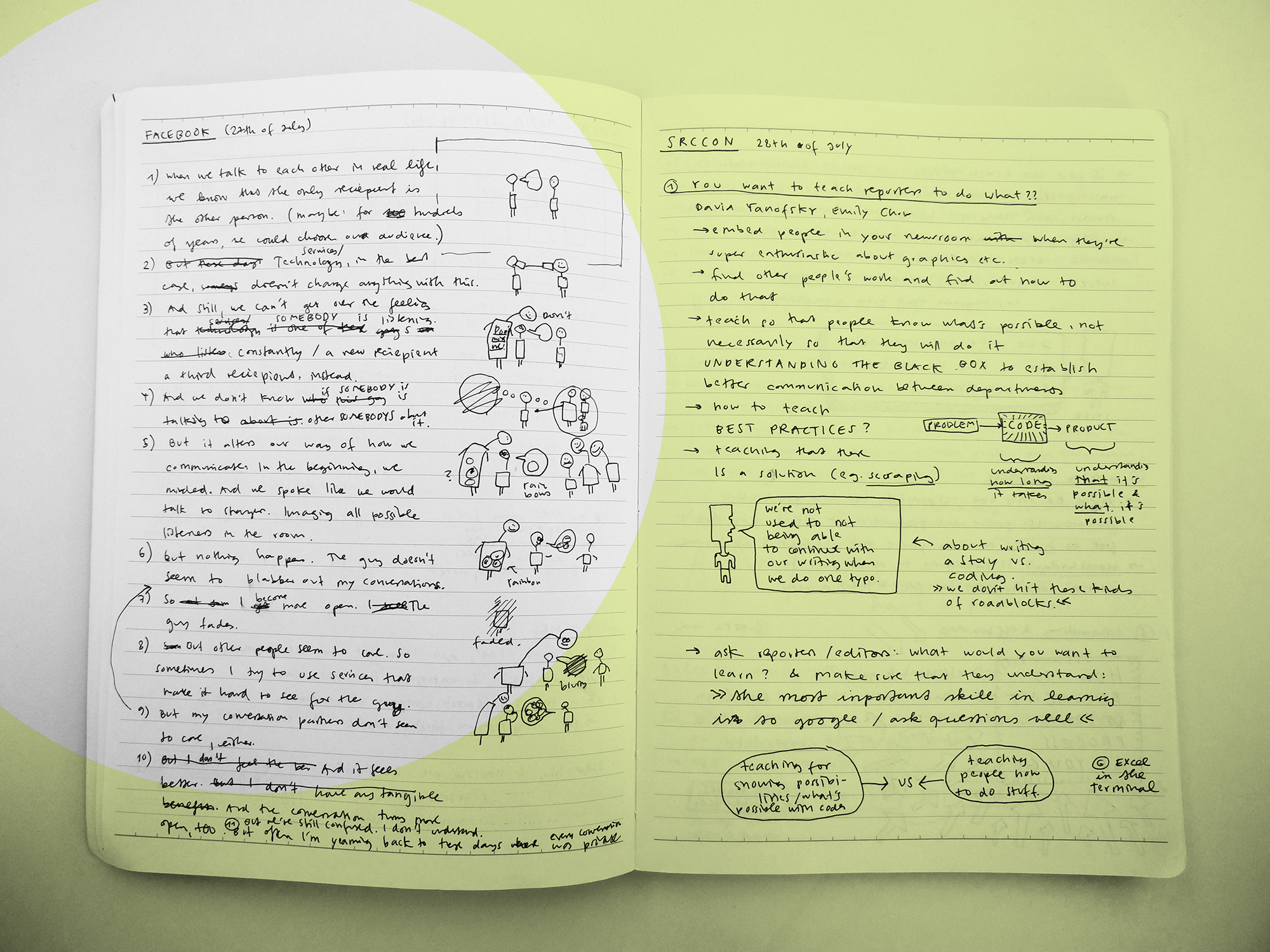 Draft for my How I Feel When I Have A Conversation post. It was originally just about Facebook. I chose a more general view for the final blog post.
Draft for my How I Feel When I Have A Conversation post. It was originally just about Facebook. I chose a more general view for the final blog post.
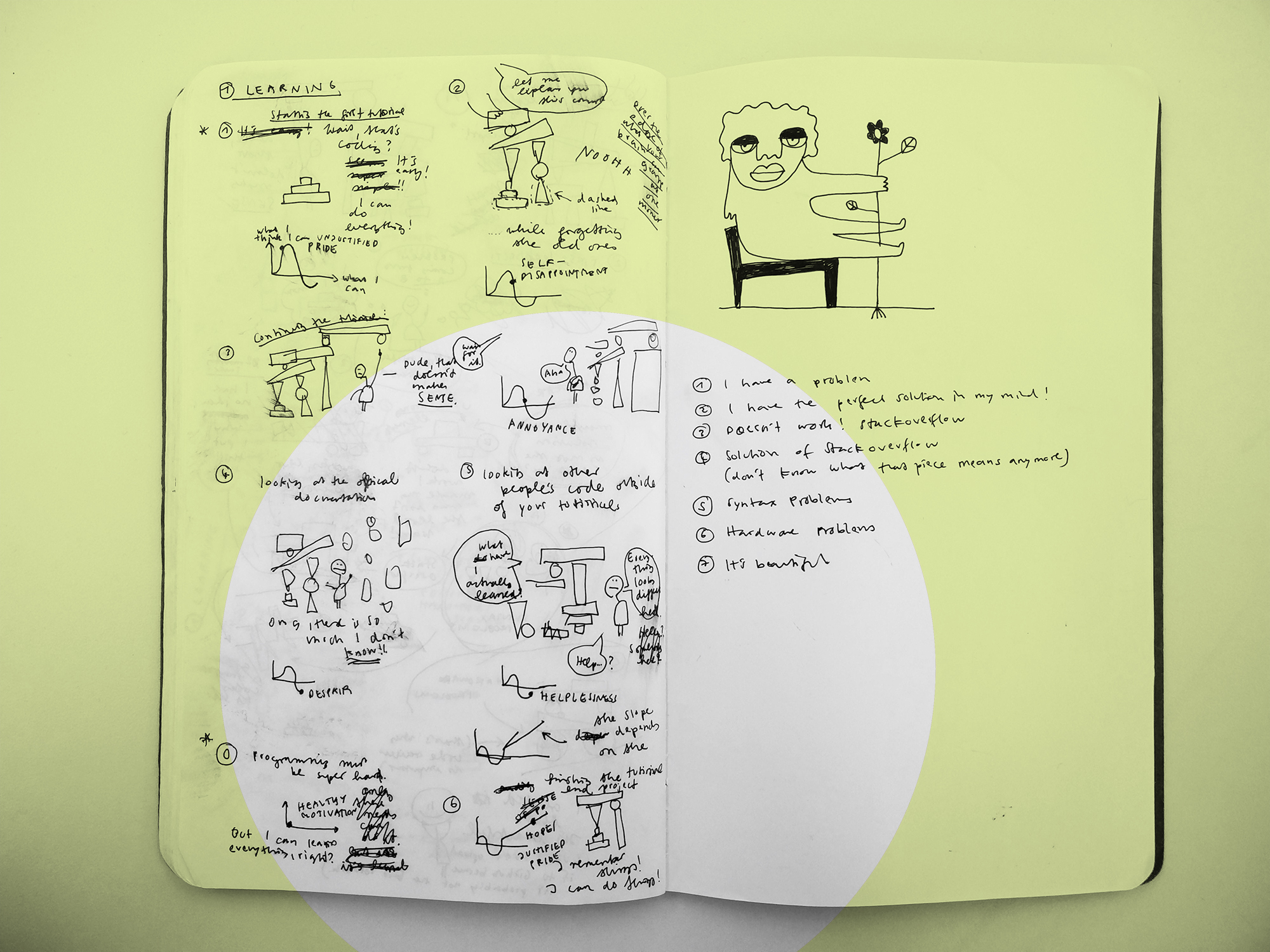 Draft for my How I Feel When I Learn To Code-GIF. I did some more searching sketches beforehand, so this draft is already very similar to the final piece.
Draft for my How I Feel When I Learn To Code-GIF. I did some more searching sketches beforehand, so this draft is already very similar to the final piece.
————
I haven’t read Dear Data, Drawing a Hypothesis or Infographics Designers’ Sketchbooks yet, but I probably should. Have a look at them if you’re interested in the topic.
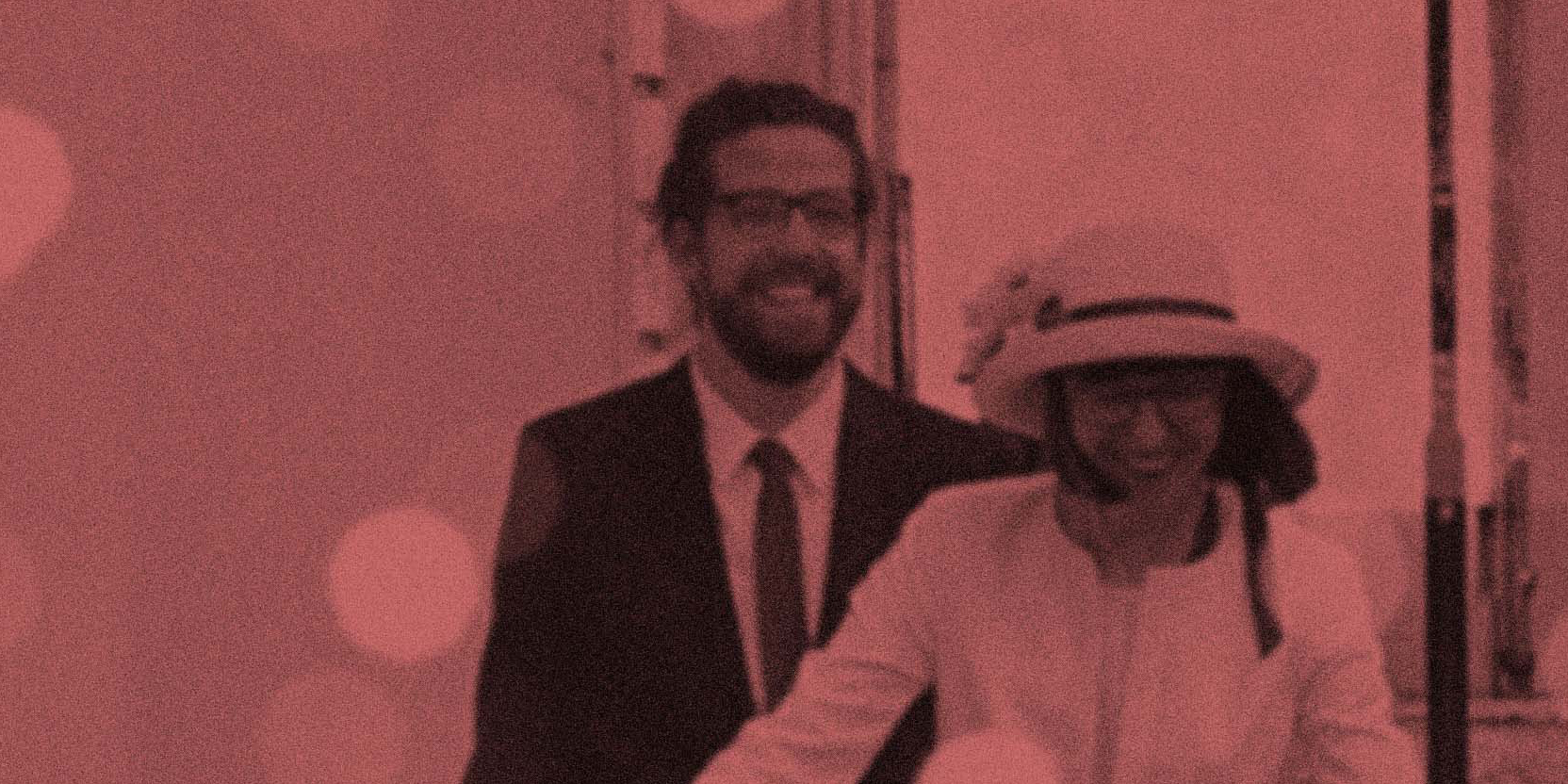
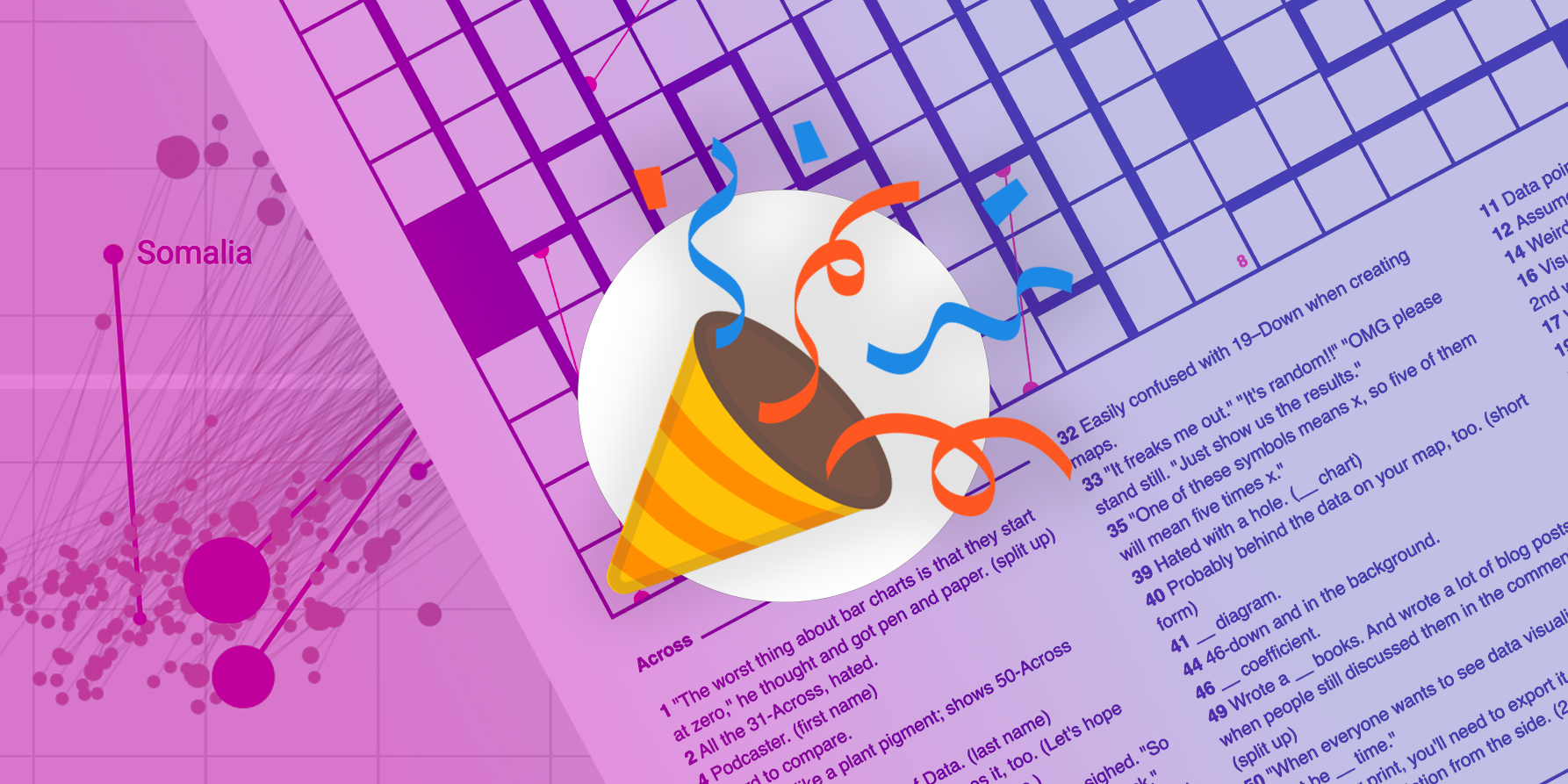
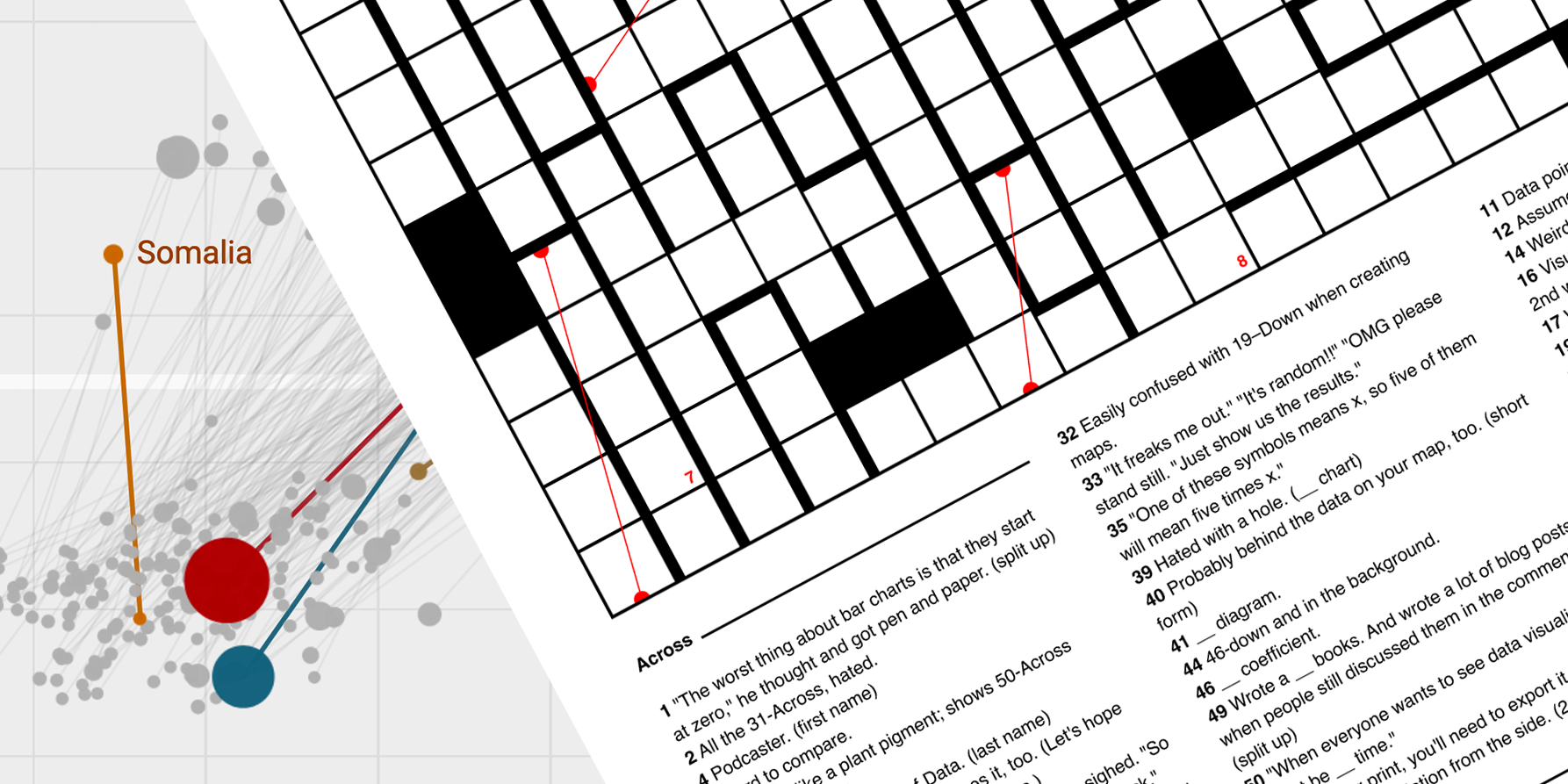
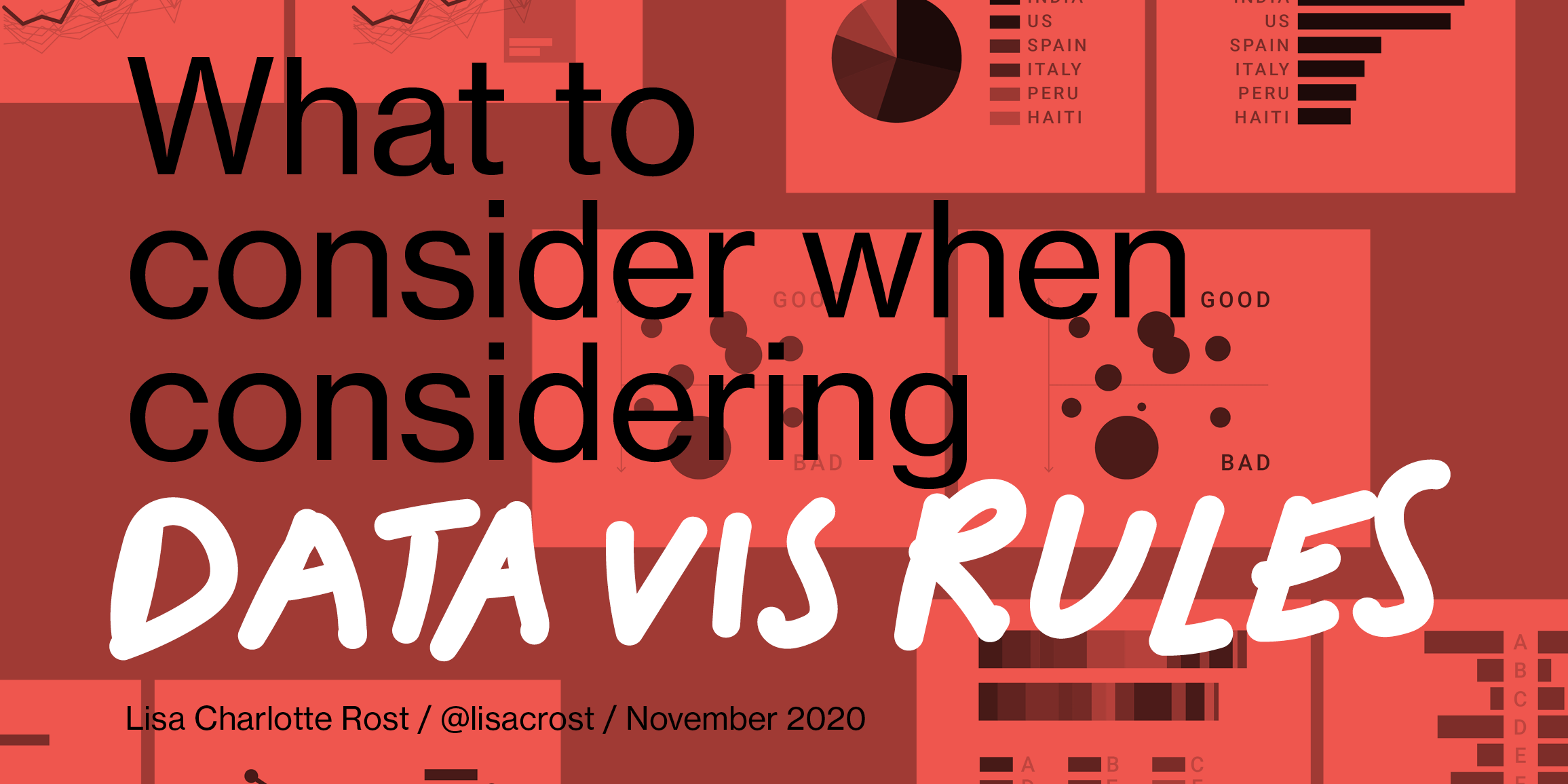
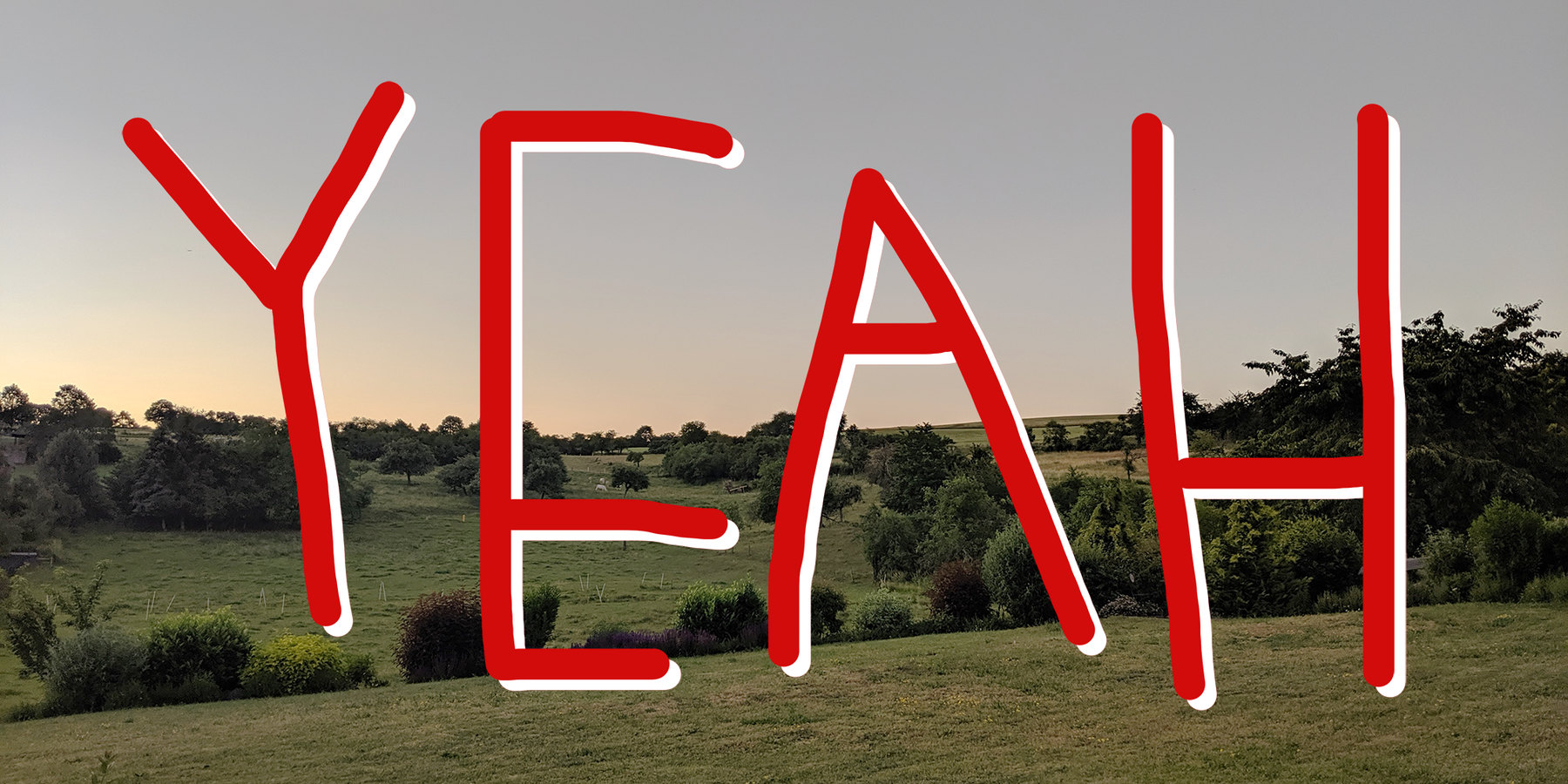

Comments